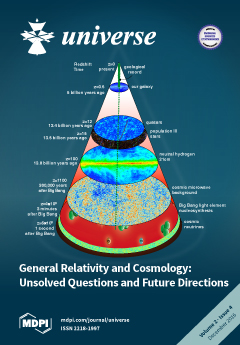We consider the nature of quantum properties in non-relativistic quantum mechanics (QM) and relativistic quantum field theories, and examine the connection between formal quantization schemes and intuitive notions of wave-particle duality. Based on the map between classical Poisson brackets and their associated commutators, such schemes give rise to quantum states obeying canonical dispersion relations, obtained by substituting the de Broglie relations into the relevant (classical) energy-momentum relation. In canonical QM, this yields a dispersion relation involving
ℏ but not
c, whereas the canonical relativistic dispersion relation involves both. Extending this logic to the canonical quantization of the gravitational field gives rise to loop quantum gravity, and a map between classical variables containing
G and
c, and associated commutators involving
ℏ. This naturally defines a “wave-gravity duality”, suggesting that a quantum wave packet describing
self-gravitating matter obeys a dispersion relation involving
G,
c and
ℏ. We propose an Ansatz for this relation, which is valid in the semi-Newtonian regime of both QM and general relativity. In this limit, space and time are absolute, but imposing
allows us to recover the standard expressions for the Compton wavelength
and the Schwarzschild radius
within the same ontological framework. The new dispersion relation is based on “extended” de Broglie relations, which remain valid for slow-moving bodies of
any mass
m. These reduce to canonical form for
, yielding
from the standard uncertainty principle, whereas, for
, we obtain
as the natural radius of a self-gravitating quantum object. Thus, the extended de Broglie theory naturally gives rise to a unified description of black holes and fundamental particles in the semi-Newtonian regime.
Full article





